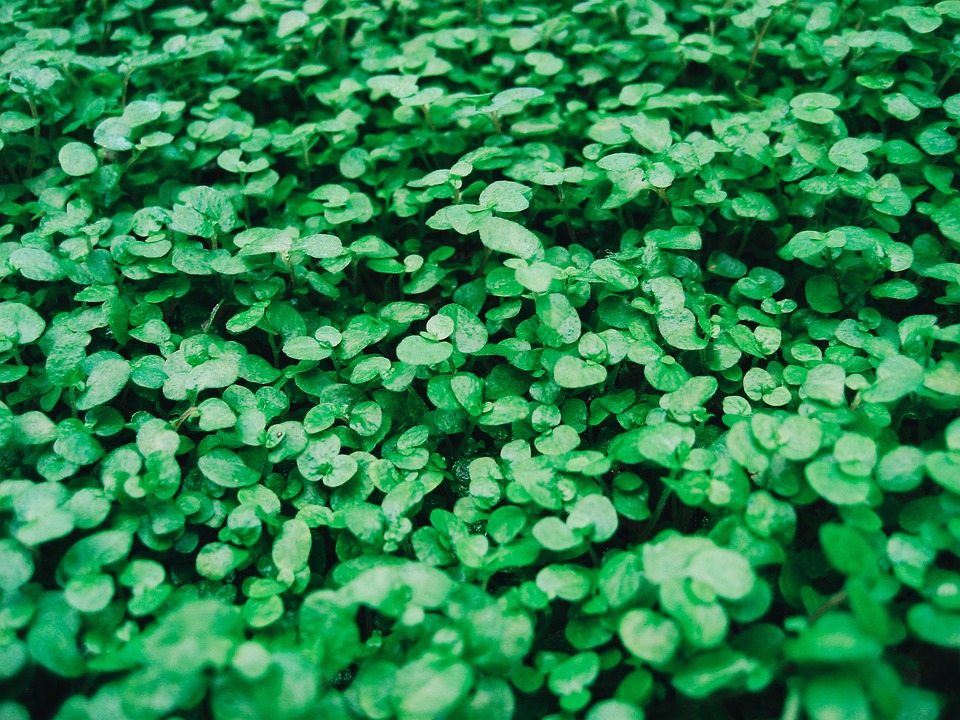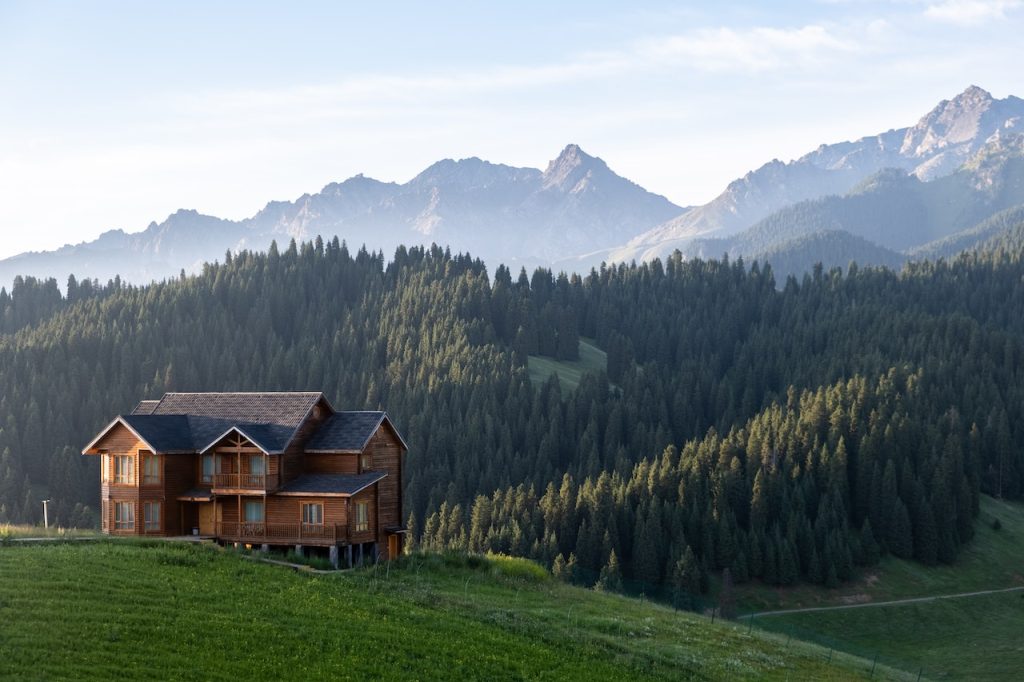# Sustainable Garden Design: Cultivating Harmony with Nature
There comes a moment in every gardener’s life when one realizes that the soil is more than just dirt—it’s a living entity, teeming with organisms working tirelessly to nurture plants. I recall the first time I dug a small plot in my backyard, a humble beginning that turned into a thriving green haven. I remember the exhilarating feeling of turning lifeless earth into a thriving community of plants and critters. Each seed planted became a promise, and, over the years, each blossom has been a reminder that gardening is as much about understanding our relationship with nature as it is about growing food. If you’re ready to embark on your own sustainable garden journey, this article is for you!
### What is Sustainable Garden Design?
Sustainable garden design is a holistic approach that respects nature while creating a productive and beautiful space. Think of it as crafting an environment where plants, animals, and humans interact in a balanced, ecosystem-friendly manner. By implementing green practices, you can reduce waste, conserve resources, and create a garden that flourishes year after year.
### The Principles of Sustainable Design
1. **Biodiversity**
– Choose a variety of plants to create a diverse ecosystem within your garden. This not only attracts beneficial insects but also minimizes the risk of disease and pests.
2. **Soil Health**
– Healthy soil is the backbone of a sustainable garden. Utilize compost, mulch, and natural fertilizers. Plant cover crops in the off-season to enrich the soil.
3. **Water Management**
– Use rainwater harvesting systems and mulching techniques to conserve water. Consider drip irrigation or hand watering to minimize waste.
4. **Native Plants**
– Incorporating native species enhances local biodiversity and requires less care, as these plants are already adapted to your climate and soil conditions.
5. **Permaculture Principles**
– Design your garden based on the principles of permaculture, which focuses on working with nature rather than against it. This includes zoning your garden based on plant needs and layering for maximum efficiency.
### Creating Your Sustainable Garden Space
#### Step 1: Design with Purpose
Vision is key. Sketch out your garden space and decide the purpose of each area: vegetable growth, flower beds, or pollinator zones? Consider the sun patterns, wind exposure, and any zones that may get waterlogged.
**Tip:** Use a permaculture design tool to help visualize relationships within your landscape, leading to strategic placement and relationships between elements.
#### Step 2: Prepare Your Soil
Get to know your soil! Conduct a simple soil test to identify nutrient levels and pH. If it’s impoverished, improve it with organic matter like compost, aged manure, or worm castings.
**Pro Tip:** Introduce “living mulch,” such as clover or other low-growing plants, which acts as a natural weed suppressant while enriching the soil.
#### Step 3: Plant Wisely
Consider companion planting, where specific plants are grouped together to enhance growth and deter pests. For example, planting marigolds among your veggies can ward off pesky aphids while attracting pollinators with vibrant blooms.
#### Step 4: Create Microenvironments
Your garden can have different zones with tailored conditions. A shaded corner can house ferns and certain herbs, while sunny patches can be reserved for tomatoes and peppers.
**Pro Tip:** Use garden structures like trellises and raised beds to encourage vertical growth, maximizing space, and allowing for better air circulation.
### The Role of Wildlife in Your Garden
Creating habitats for wildlife ensures your garden remains vibrant and dynamic. Birds, bees, butterflies, and beneficial insects all play crucial roles in the ecosystem.
– **Birdhouses and Feeders:** Attract birds that eat pests and distribute seeds.
– **Insect Hotels:** Provide shelter for beneficial insects that will contribute to pollination and pest control.
### The Importance of Seasonal Strategies
Adapting to each season allows your garden to thrive all year round:
– **Spring Planting:** Start with cold-hardy crops and gradually introduce tender varieties.
– **Summer Care:** Increase watering and consider shade cloths for delicate plants.
– **Fall Harvesting:** It’s the time to collect the fruits of your labor and prepare for winter by planting cover crops.
– **Winter Prep:** Mulch and protect delicate perennials. It’s also a good time for introspection on what worked and what didn’t.
### Sustainable Gardening Tools
Investing in tools that last can significantly affect the environment. Consider:
– **Hand Tools:** Opt for sturdy hand tools made from sustainable materials. They not only reduce carbon footprint but allow you to engage more personally with your garden.
– **Battery-Powered Options:** Choose electric mowers or small devices that reduce reliance on fossil fuels.
### Mindful Practices in the Garden
1. **Reduce, Reuse, Recycle:**
– Repurpose old containers for planters, use kitchen scraps for compost, and recycle cardboard for weed suppression.
2. **Minimal Chemical Use:**
– Avoid synthetic pesticides and fertilizers and explore organic alternatives instead.
3. **Community Engagement:**
– Share your bounties with neighbors, start a community garden, or participate in local farmer’s markets. This creates a network of support and education.
### Pro Tips for Success
– **Stay Observant:** Spend time in your garden observing how plants grow and interact. This not only enhances your gardening skills but helps you detect problems early.
– **Start Small:** If you’re new to gardening, begin with a small patch. Expand as you gain confidence and knowledge.
– **Keep Learning:** Dive into books, attend workshops, and connect with local gardening communities to keep your knowledge fresh.
### Conclusion
Sustainable garden design goes beyond merely planting; it’s an art form that harmonizes with nature’s intentions. It fosters ecosystems, nourishes our bodies, and refreshes our minds. As you dig your hands into the earth, remember that each seed sown is while the soil embraces it, your life’s rhythm reverberates in the harmony of growth. Whether you have a large yard, a community plot, or even a tiny balcony, there’s always room for you to create your little paradise while being kind to our planet.
Now, let’s dig in! The earth is waiting for you, with endless opportunities sprouting up at your fingertips. Happy gardening!



